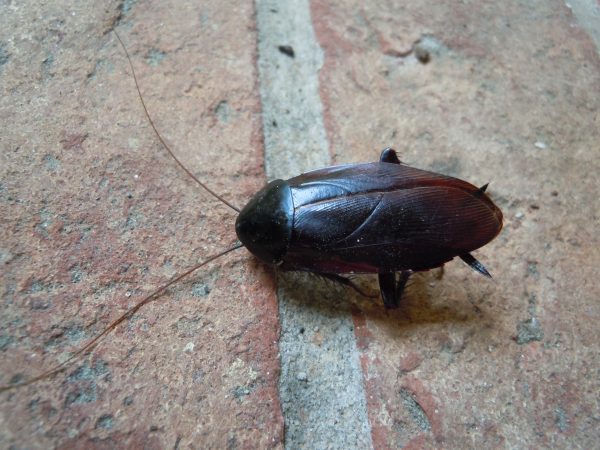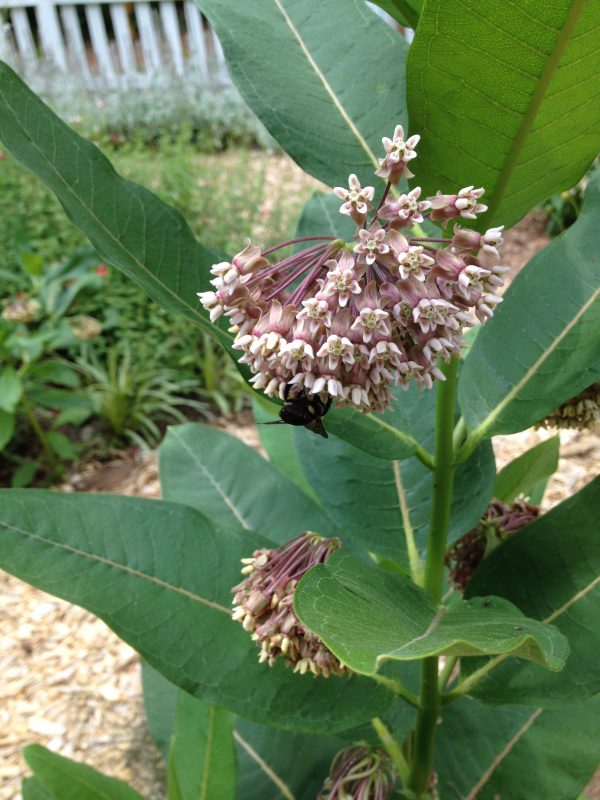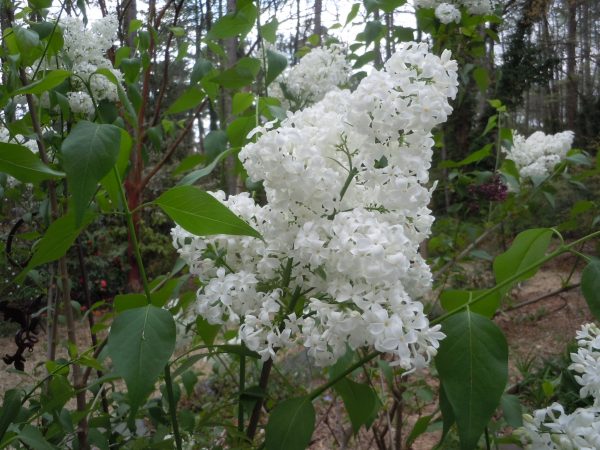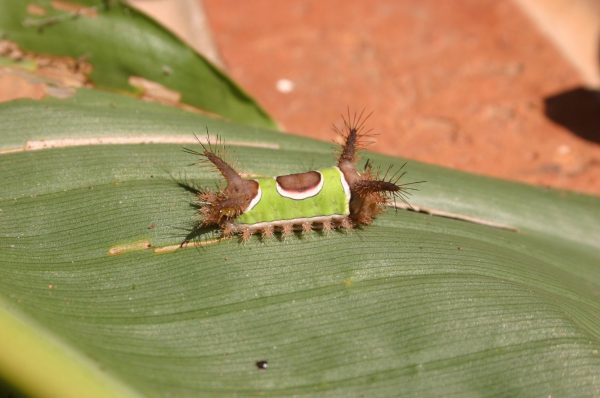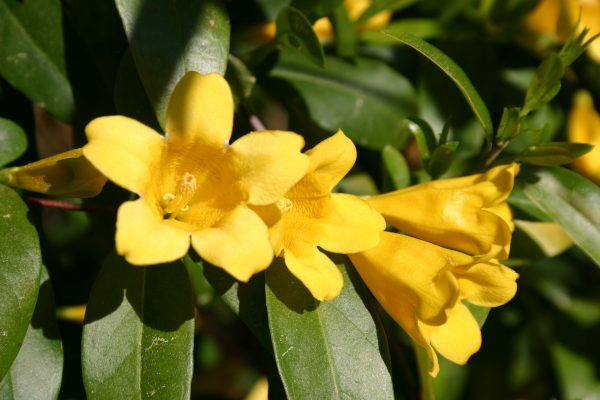Shallot
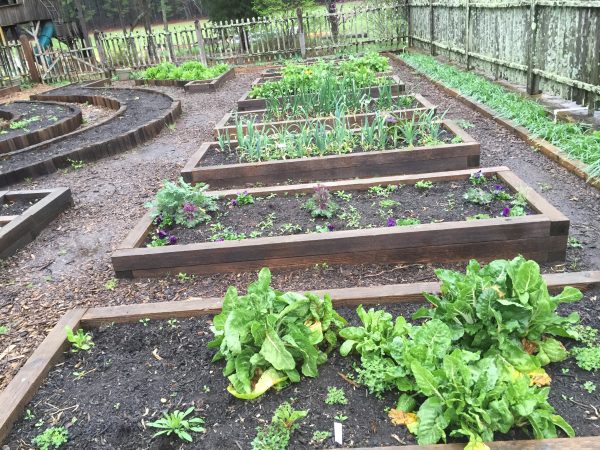
Allium cepa var. aggregatum
Shallots are related to onions, but have a milder, more delicate flavor. In some parts of the country people call any green onion a shallot. The difference is that onion bulbs develop only 1 sprout per bulb, while shallots develop 6 to 10 sprouts per bulb.
• More detailed information can be found in The Georgia Fruit & Vegetable Book by Walter Reeves and Felder Rushing
• See also:
The shallots can be pulled when they are the size of green bunching onions and used as green onions would be, for example, in salads or as garnishes for soups. Gardeners grow shallots for the dry bulbs as well. Having originated in western Asia, probably Syria, shallots have been mentioned in literature for centuries.
WHEN TO PLANT
Shallots are hardy. Plant them in early spring as soon as the soil can be worked.
WHERE TO PLANT
Plant shallots in a full-sun location with well-prepared, well-drained soil. (8 to 10 hours will suffice. See “Soil Preparation” in the introduction to the vegetable garden.)
HOW TO PLANT
Apply a complete garden fertilizer, such as 10-10-10, at a rate of 1 1/2 pounds per 100 square feet of garden. Work the soil into a fine seedbed (the soil should be finely broken up). Start shallots from clumps of bulbs. Separate the clumps into individual bulbs, and plant them 2 inches deep, 4 inches apart, in rows 1 foot apart, or plant them in rows across a bed. Keep the pointed ends up to have straight shallots. If onion maggots have been a problem in the past and previous crops have suffered damage, mix an approved garden insecticide in the water according to label directions, and use it as the bulbs are watered in.
CARE AND MAINTENANCE
Provide plenty of water for shallots during dry weather; they need about 1 inch per week. Be vigilant in controlling weeds; since the shallots do not provide complete cover, weeds will germinate all season. Pests and diseases may affect plantings. If thrips become troublesome, treat them with insecticidal soap.The same diseases that affect onions affect shallots, so don’t plant them in the same part of the garden each year, and don’t replant bulbs from plants that are stunted or off-color. To have green shallots with long, blanched stems, hill them up with 2 inches of soil when the shoots are about 4 inches tall, 4 to 5 weeks before harvest.
ADDITIONAL INFORMATION
Harvest green shallots when they are 6 to 8 inches tall, 10 to 12 weeks after planting. As I noted earlier, each bulb produces many sprouts, so pull the individual sprouts and leave the rest to develop later. You may prefer to grow shallots for dry bulbs, which mature in mid- to late summer. Allow the tops to dry down naturally, then pull the dry shallots when all the tops have gone down, preferably in the morning during dry weather. Let them dry where you pull them in the garden until afternoon, collect them, and spread them on screens or slats so that they can cure for 2 to 3 weeks. After they are cured, knock off as much soil as possible, braid them together, and hang them in a dry place. Do not peel the bulbs, and do not wash them. Use damaged ones immediately. The dry shallots keep much better than onions. Save some of the very best bulbs for planting the next season.
VARIETIES
Most catalogs list only shallots and no varieties. There are some varieties, however, and occasionally, catalogs of exotic garden plants list them. Once you get a supply, try to keep them going. If diseases affect the planting, however, buy new bulbs to obtain a fresh start. Some varieties I have seen include ‘Frog Legs’, ‘Dutch Yellow’, ‘Prince de Bretagne’, and ‘French Epicurean’.



